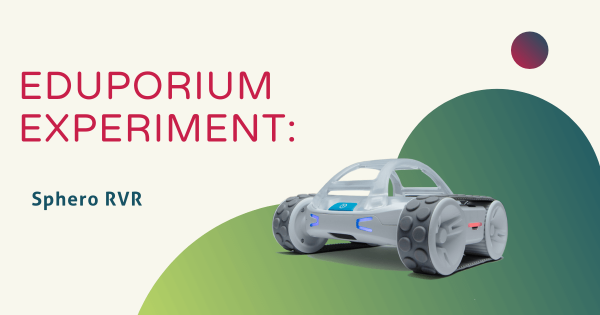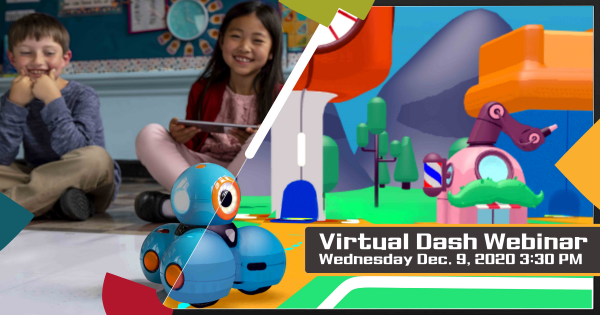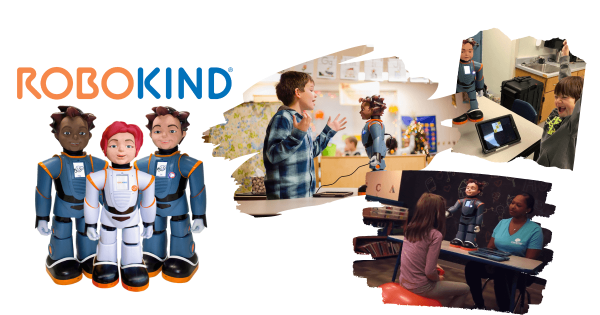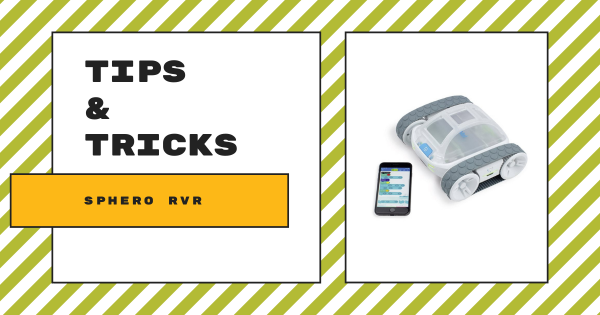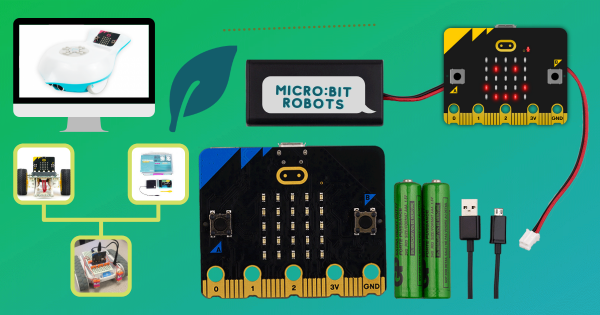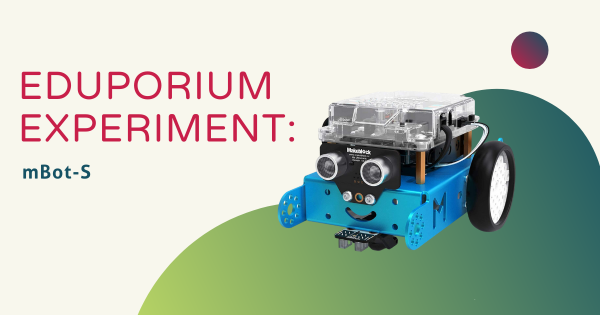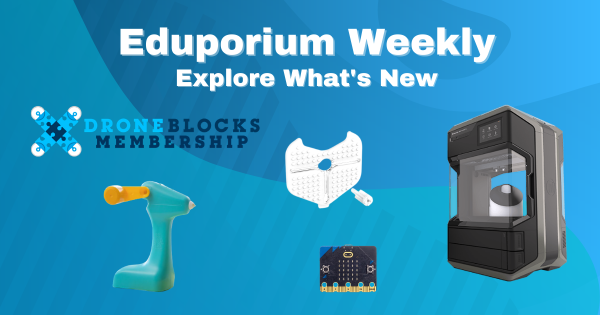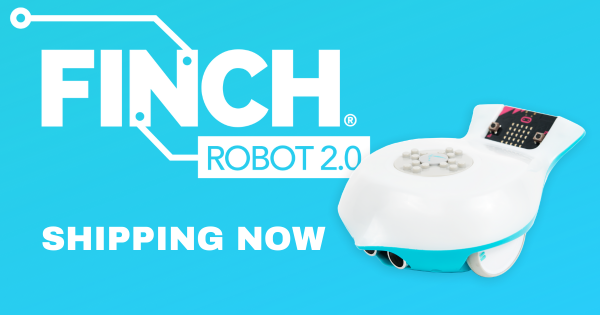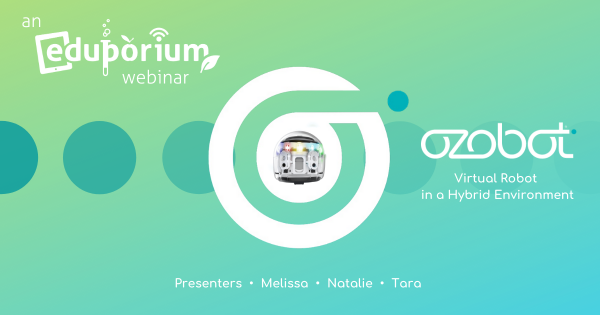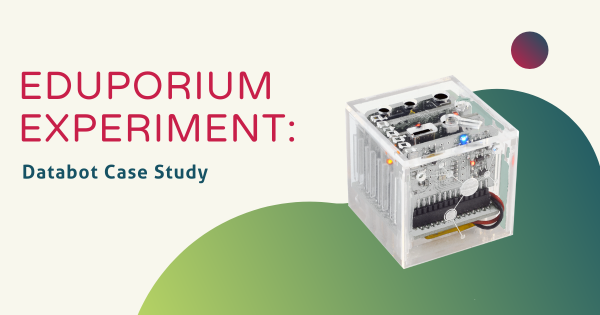Built to mimic a rover, the Sphero version has some surprisingly tough treads. It also packs plenty of torque and ports that enable students to connect third-party hardware. On top of all that, they can still use the Sphero RVR in creative STEAM projects. Read on to learn more about using the RVR, including coding with the micro:bit and littleBits
Robotics
Some of the most popular paths and effective approaches to preparing students for their future involve using robotics tools. A significant subsection of STEM education, coding robots and other types of programmable devices enable a large percentage of the STEAM learning that occurs in our schools. Using educational robotics tools, students from Pre-K to college can develop key coding skills. This is largely because, among these various robot kits, many are compatible with various programming languages. So, beginning in Pre-K, a child might use the Cubetto Robot in screen-free coding activities. Then, they might move on to the Bee-Bot or Blue-Bot for CS experiences that are slightly more complex. And, by the time they're in kindergarten or first grade, they have a legitimate foundation and they're ready to continue developing fluencies in coding, problem solving, and even computational thinking.
One reason robotics in education is so effective is due to various advances in robotics equipment for schools. Beyond introducing the absolute basics of coding early on (and without a screen), students can then progress to one of the most basic forms of coding, which you might know as Blockly. So many robotics tools incorporate the Blockly coding language along with their corresponding programming environment. In fact, the Ozobot Evo, Root Robot, Edison Robot, and Dash Robot are among the most popular elementary robotics tools. These help children build on coding and technology knowledge as they prepare for the next step—text programming. In text coding, they can use tools like the databot 2.0, NAO Robot, and most of the others we've mentioned. And, through these experiences, they can develop STEM skills in a tangible way while using robotics tools to do so.
-
How to Use the Virtual Dash in Remote Coding Education
The virtual STEAM solution from Wonder Workshop is designed to work just like the physical Dash Robot. Teachers can lead coding and computational thinking lessons using this online version of the Dash and, in the brief webinar, members from their team will outline everything educators need to know. Click inside to find the recording! -
Robots4Autism + STEM: Milo, Veda, and Carver from RoboKind
Comprised of three different robots, Milo, Veda, and Carver, RoboKind’s solutions are designed to help students with learning differences meet their academic and social goals. Starting by empowering educators to help students foster social connections, these robots can ultimately be used to aid student emotional well-being and more. -
Tips & Tricks | Sphero RVR All-Terrain Robot
One important feature of note is that the RVR is all-terrain. Unlike its spherical predecessors, the RVR is shaped like a car and has treads, torque, and a precision control system to help it tackle the most uneven of surfaces. Besides that, the RVR is compatible with third-party hardware and programmable using the Sphero Edu app! -
STEM and Robotics Kits for Coding with the micro:bit
Whether students are coding with the micro:bit and MakeCode or using it with other STEAM tools, it’s a powerful tool for CS education in any grade. Speaking of its integrations, the micro:bit is compatible with a number of other technologies, allowing students to add exciting elements to various STEM projects! -
Eduporium Experiment | Coding With The mBot-S Robot
Integrating coding and robotics in any classroom is a popular and effective approach to offering children of all ages a real-world STEM education. One of the best options for doing so involves programming with the mBot-S, an engineerable robot that’s compatible with various entry-level languages, so kids can explore computer science in elementary, middle, or high school. -
Eduporium Weekly | 5 New STEM And EdTech Tools On Our Store
Our one-stop shopping experience is a favorite among K-12 tech teachers and specialists and our Educator Discount on technology and quoting help make it easier to obtain STEM tools from various manufacturers and STEM disciplines in one place. So, what’s among the newest offerings we’re able to provide for students involved in remote, hybrid, or in-person learning? -
The Finch Robot 2.0 Is Ready To Ship!
One of the more highly anticipated educational technology releases within recent years, the Finch Robot 2.0 is now shipping! Much more robust and versatile than the original Finch Robot from BirdBrain Tech, this new Finch 2.0 is a viable coding and robotics solution for students across every K-12 grade and allows students of different ability levels to try coding in -
Ozobot Virtual Coding Solutions for Remote and Hybrid
In the webinar, a lot is covered and we hope there is some helpful information for what you need when it comes to coding education in remote learning. Thanks to how it’s evolved along with the emergence of the Ozobot Classroom learning management system, teachers and students have been able to continue making use of this STEAM solution. -
Eduporium Experiment | The databot In Remote Learning
While it’s not the environment we’d all want to be using the databot in, this post paints a prime picture of how the databot is adaptable in almost every learning situation! Keep on reading to learn more about how teachers have found success using this data-collecting bot in different learning scenarios and with their students of all different ages.




